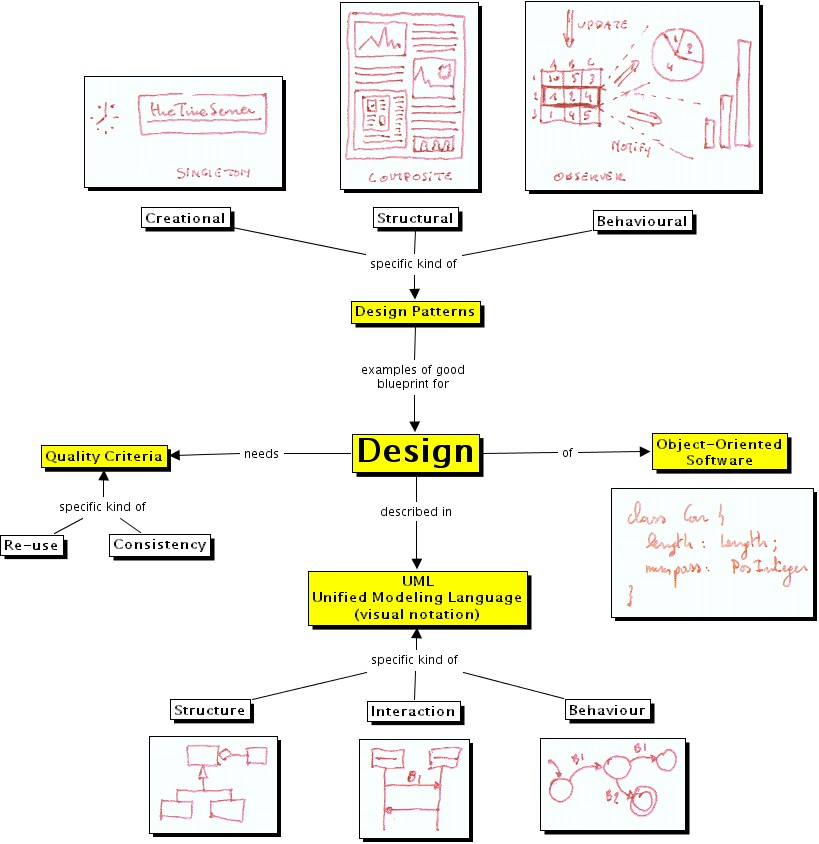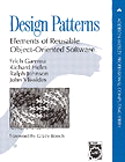| Course title | | Object-Oriented Design |
| Course number | | COMP 304B (CRN 835) |
| Credits | | 3 |
| Prerequisites | | COMP 206 (software systems). |
| | COMP 251 (data structures and algorithms), |
| | COMP 302 (programming languages and paradigms), |
| | If you do not have the pre-requisites
for the course, the course will be |
| | deleted from your record by the Faculty of Science. |
| Course venue | | Trottier 1090 (check Minerva). |
| | Monday, Wednesday, and Friday 14:35 - 15:25 |
| Tutorials (CRN 6986) | | Trottier 0070 (check Minerva). |
| | Thursday 18:05-19:25 (only when announced). |
| Enrollment Cap | | Enrollment is limited to 68 students. |
| Instructor | | Prof. Hans Vangheluwe |
| | McConnell Engineering room 328 |
| | tel.: +1 (514) 398 44 46 |
| | e-mail: hv@cs.mcgill.ca
(send course-related mail in WebCT) |
| Office hours | | Monday 16:00 - 18:00 |
| TA | | Ximeng Sun
(xsun16@cs.mcgill.ca) |
| TA Office hours | | Wednesday 11:00 - 12:30 |
| | McConnell Engineering room 202 |
| Course website | | http://www.cs.mcgill.ca/ ~ cs304 |
| Course e-mail | | Discussion forum in
WebCT |
| Assignments | | hand in via WebCT
|



